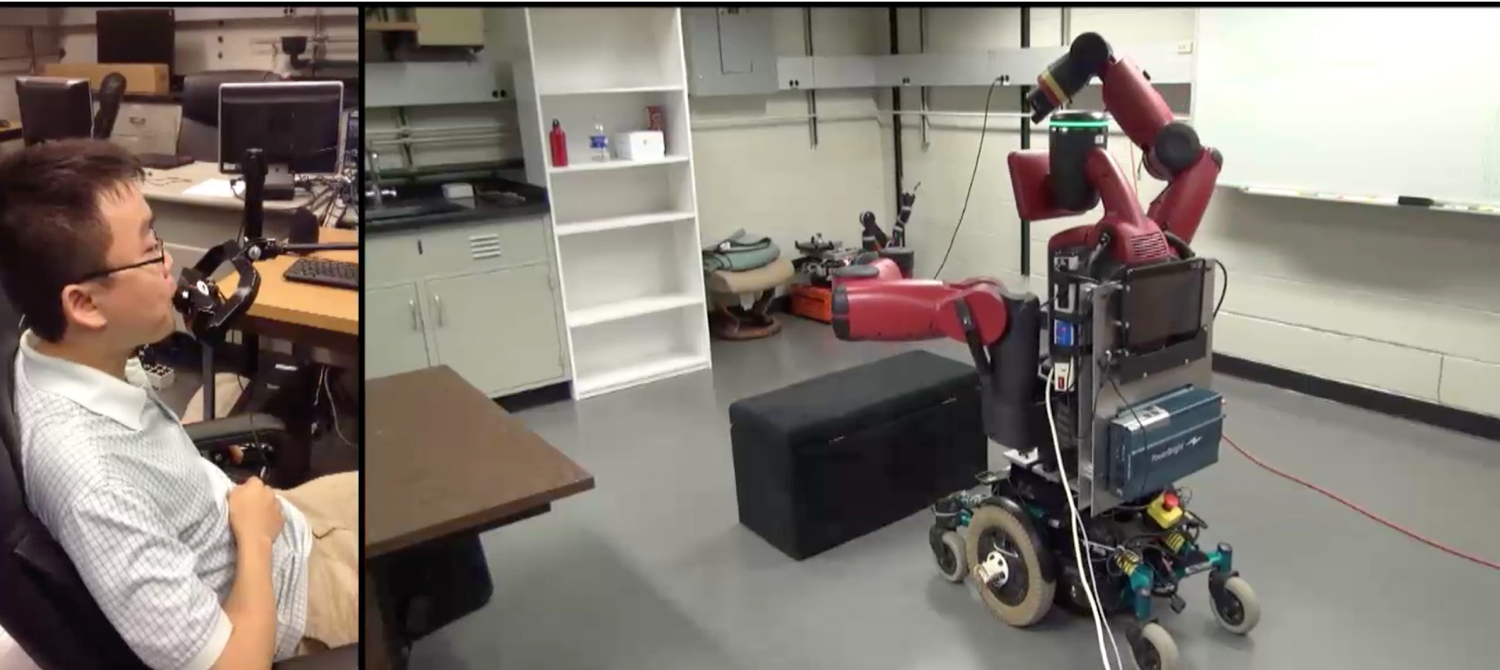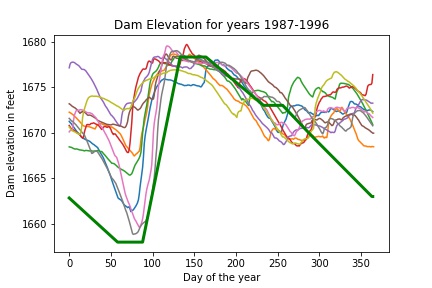Assistive Robot
This project will develop effective robotic assistance for individuals with C4-C7 SCI
by investigating the appropriate balance between autonomous control and human
teleoperation. The research will address three major types of operations in ADL:
(1) motion in cluttered environment, (2) motion and force control, and (3) bi-manual
(two-arm) robot operations. By integrating evaluation and feedback from users and
therapists with technology enhancement (algorithms, information, and interface), our
research will systematically improve collaboration between the human users and
assistive robots. In addition, insights from human sensorimotor control will guide
this assessment-improvement iteration. Our experience and complementary expertise at
Tufts (and RPI) and existing equipment/infrastructure will ensure significant,
impactful, and rapid progress. The data that we collect and the lessons learned will
be used to develop proposals for significant follow-on funding from other sources,
such at NIH, NSF, National Institute on Disability, Independent Living, and
Rehabilitation Research (NIDILRR) and private foundations.
Report; Videos
Report; Videos



